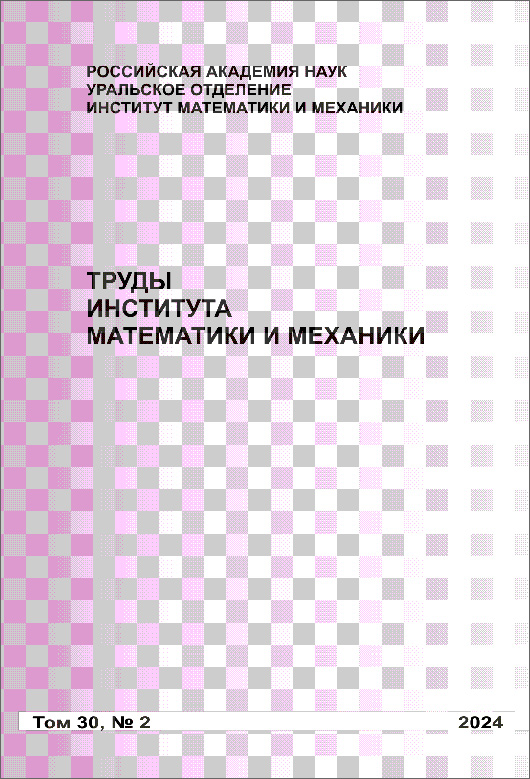|
On the fractional Newton method with Caputo derivatives
E. Çelika, Yu. Lib, A. S. Telyakovskiib
a Sakarya University
b University of Nevada, Reno
Abstract:
Newton's method is commonly used to solve nonlinear algebraic equations due to its quadratic rate of convergence in the vicinity of the root. Multiple modifications of Newton's method are known, some lead to more stable calculations, although often at the expense of the rate of convergence. Here, derivative in Newton's method is replaced by Caputo fractional derivative, and the goal is to find all the roots, including complex, of nonlinear algebraic equation starting from the same real initial guess by varying the order of fractional derivative. This problem was analyzed by Akgül et al (2019), here some issues with their theoretical analysis and application of the method to the specific example are pointed out. The case of Caputo fractional derivatives of order $(0,1]$ is analyzed. Akgül et al 2019 employ Caputo fractional Taylor's series of Odibat and Shawagfeh, 2007 for theoretical analysis. Specific issues with the paper are the following: 1) In iterative step integration in fractional derivative is done over interval $[\bar{x}, x_k]$, where $\bar{x}$ is the unknown root, and $x_k$ is the approximation of the root on the $k$-th iteration. 2) Expression for the derivative of fractional Taylor's series is only valid if derivative is evaluated over $[\bar{x},x_k]$. 3) Expression for the rate of convergence is not correct. 4) In theoretical analysis, left fractional Caputo Taylor series is used, although if $x_{k+1}$<$\bar{x}$, then right fractional Taylor series should be used. 5) Numerical estimation of the rate of convergence gave value different from predicted by Akgül et al 2019. Plus, not clear over which interval integration was done to generate the numerical results.
Keywords:
nonlinear equations; Caputo fractional derivative; Newton's method; convergence.
Received: 04.07.2022
Revised: 06.11.2022
Accepted: 10.11.2022
Citation:
E. Çelik, Yu. Li, A. S. Telyakovskii, “On the fractional Newton method with Caputo derivatives”, Trudy Inst. Mat. i Mekh. UrO RAN, 28, no. 4, 2022, 273–276
Linking options:
https://www.mathnet.ru/eng/timm1969 https://www.mathnet.ru/eng/timm/v28/i4/p273
|

| Statistics & downloads: |
| Abstract page: | 76 | | Full-text PDF : | 14 | | References: | 9 | | First page: | 2 |
|




 Contact us:
Contact us: Terms of Use
Terms of Use
 Registration to the website
Registration to the website Logotypes
Logotypes








 Citation in format
Citation in format 